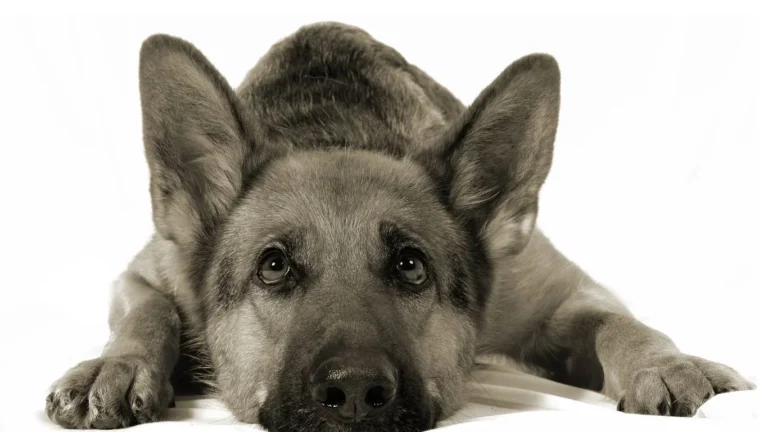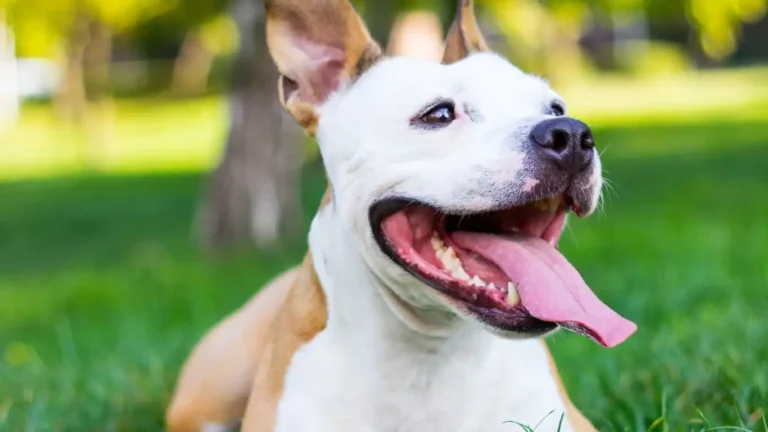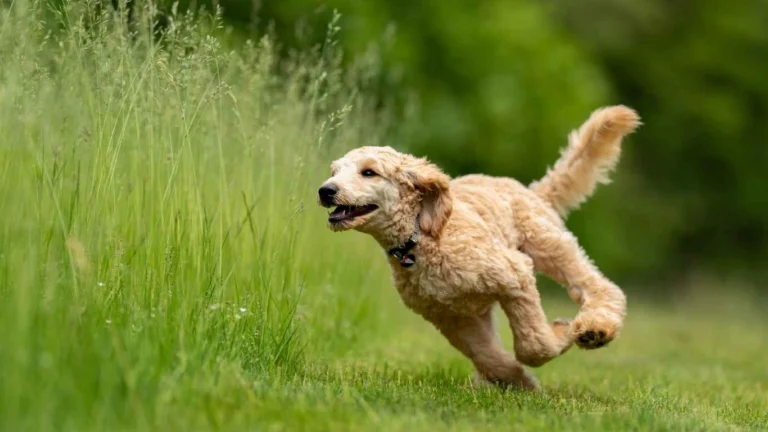Must-Know Dog Health Tips Every Pet Owner Should Follow
Let’s be real for a second — keeping our pups healthy isn’t always as straightforward as reading a checklist off the internet. As someone who’s spent years managing high blood pressure in humans (yep, I’m an Internal Medicine Physician), I can tell you that health — whether it’s yours or your dog’s — is all about understanding the little things that make a big difference. So in this post, we’re diving into some tried-and-true dog health tips that I swear by, not just because they’re backed by science, but also because I’ve seen them work wonders in real life with my own furballs and patients’ pets.
Understanding Your Dog’s Daily Needs
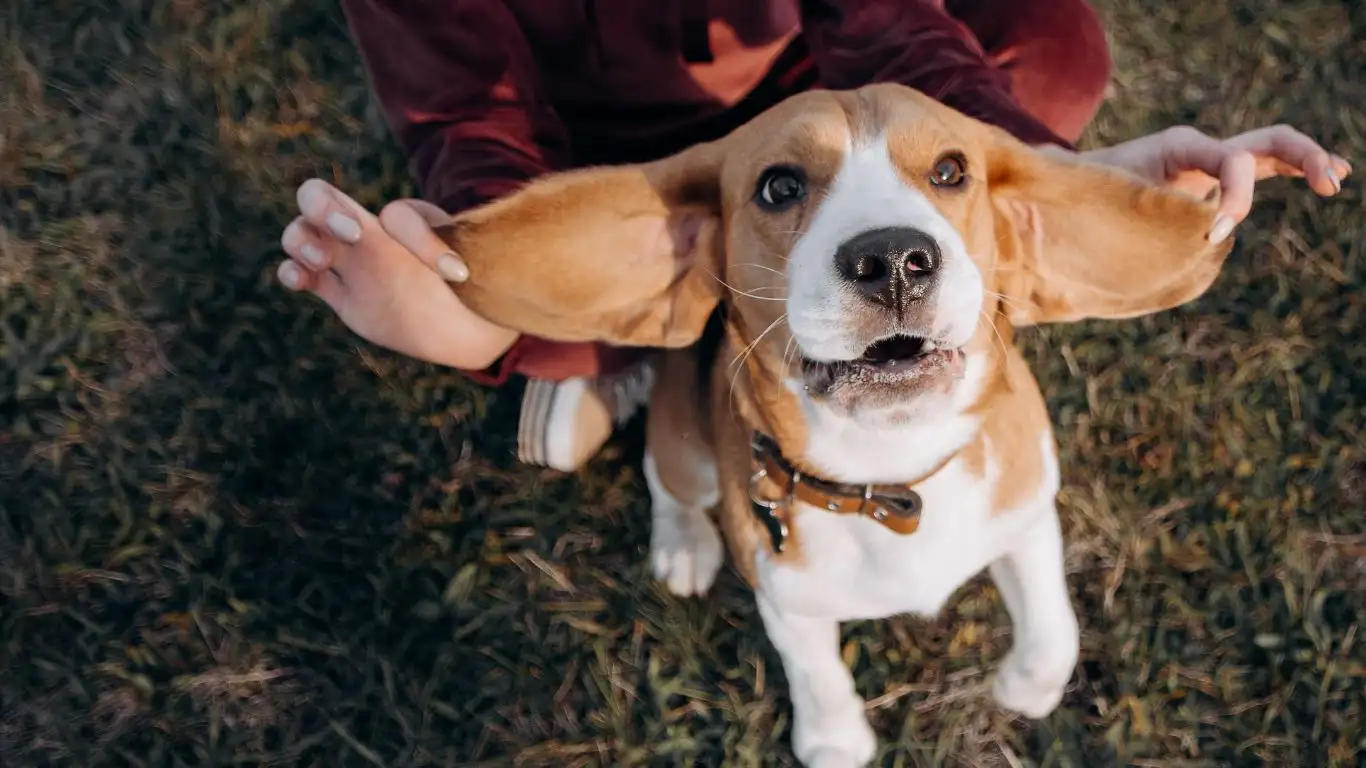
Dogs, like us, thrive on routine — but not every dog has the same needs. From the tiny, sass-filled chihuahua to the majestic, nap-loving Great Dane, the daily health requirements vary like night and day. I’ve had patients who were more meticulous about their dogs’ diet than their own, and honestly? That’s the kind of dedication that keeps your pup around longer (and happier).
Nutrition Isn’t One-Size-Fits-All
I’ve lost count of how many times I’ve seen well-meaning dog parents feed the same kibble for years. Here’s the thing — dog nutrition needs change with age, breed, and activity level. And yes, while I’m all about evidence-based medicine for humans, I apply that same principle to my dogs. For example:
- Puppies need high-calorie, nutrient-dense food to fuel their growth spurts.
- Adult dogs benefit from balanced macros and micronutrients tailored to their size and activity level.
- Senior dogs often need lower-calorie diets with added joint support like glucosamine and omega-3s.
When in doubt? Talk to your vet, or even better — consult a vet nutritionist if your dog has special health needs. Your pup’s gut will thank you!
Hydration: The Silent Health Hero
One of the simplest yet most overlooked dog health tips I give out is this: always check their water bowl. Dehydration in dogs is sneaky and can lead to some nasty complications, especially in hotter climates or for active breeds. A general rule I follow? If you’re thirsty, your dog probably is too.
Exercise: More Than Just a Walk Around the Block

I once had a bulldog named Duke whose idea of exercise was rolling over to reach his treat — adorable, but not exactly cardio. Regular exercise isn’t just about weight control; it boosts mood, supports heart health, and even helps with joint mobility. It’s no different than how I recommend patients with hypertension to stay active. Movement is medicine — for all species!
Know Your Breed’s Energy Level
A border collie is basically the marathon runner of the dog world, while a pug is more like your chill Netflix buddy. Adjust your dog’s workout routine based on what they’re built for:
- High-energy breeds like huskies or labs? They need structured play, hikes, or agility training to burn off steam.
- Low-energy dogs still need movement! Even a couple of brisk 10-minute walks a day can do wonders.
Make It Fun (For Both of You)
Exercise shouldn’t feel like a chore. I usually bring a frisbee, some treats, and sometimes a speaker to play my favorite podcast while we walk. Make it part of your daily ritual — and trust me, your dog will remind you if you forget.
Preventative Care: Because You’d Rather Not Visit the Vet in Crisis Mode

Just like I tell my patients to keep up with their yearly physicals, your pup needs regular vet checkups too. Preventative care is where you catch problems before they turn into costly emergencies.
Vaccinations & Parasite Prevention
Yeah, the reminder cards from your vet aren’t just for decoration. Staying on top of core vaccines (think rabies, distemper, parvo) and flea/tick/heartworm preventatives is crucial — especially if your dog spends time outdoors or at the park. I had a patient’s golden retriever once come down with Lyme disease because they skipped flea prevention. It was a painful lesson for everyone involved.
Dental Health: Don’t Sleep on This
Listen, brushing your dog’s teeth might feel like wrestling a furry alligator, but it’s worth it. Dental disease can sneak up fast and lead to way more than just bad breath — we’re talking heart and kidney issues if it gets bad enough.
- Use dog-safe toothpaste (never human toothpaste!)
- Offer dental chews or raw bones for natural cleaning
- Schedule professional cleanings as needed
And here’s a personal win: after years of struggling with tartar on my lab mix’s teeth, switching to a dental treat + brushing routine twice a week made a huge difference. No more vet-side eye rolls about plaque buildup!
Grooming Isn’t Just for Looks — It’s a Health Essential
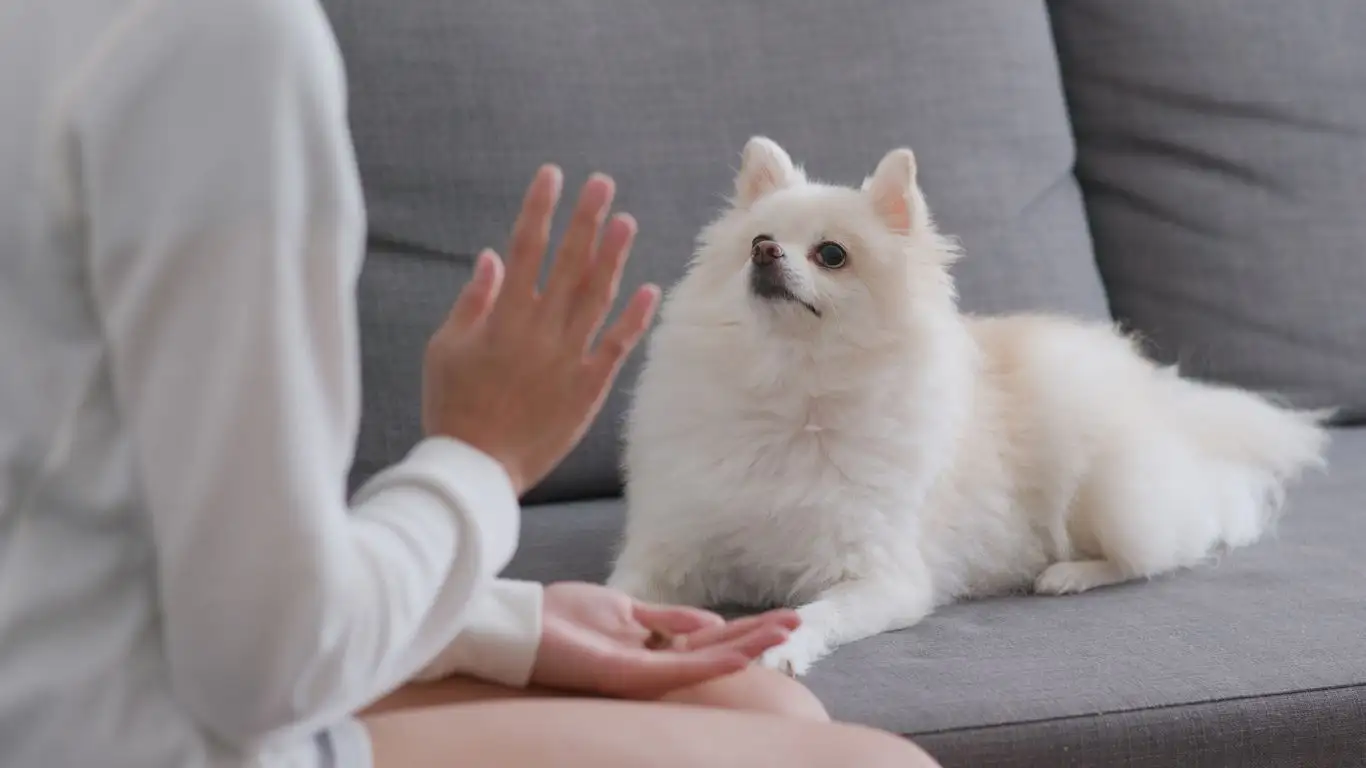
Let’s talk grooming — because it’s not just about looking cute for the ‘Gram. Regular grooming can actually help prevent a bunch of health issues that might otherwise sneak up on you. I learned this the hard way when my old spaniel, Bella, ended up with a gnarly skin infection under a matted spot I hadn’t noticed. Never again.
Brushing Out the Nonsense (and the Tangles)
Whether your dog’s got a fluffy mane or sleek fur, brushing matters. It distributes natural oils, removes loose hair, and gives you a chance to spot bumps, rashes, or ticks early.
- Long-haired breeds like collies or shih tzus? Daily brushing is non-negotiable.
- Short-haired pups like boxers or beagles still benefit from a once-a-week brush down — helps reduce shedding and keeps their coat shiny.
Pro tip: Use grooming time to check their ears, eyes, and paws. I always do a mini head-to-tail scan during brushing — it’s like a wellness check disguised as cuddle time.
Bath Time: Not Too Much, Not Too Little
Over-bathing can dry out their skin, but skipping it altogether? Yikes. That can lead to odor, buildup, and skin issues. Most dogs are good with a bath every 4-6 weeks, but again — it depends on their activity level and coat type.
And hey, if your dog hates the tub as much as my Marble does (yes, we share the same name — long story), try dry shampoos made for dogs or pet wipes in between baths. Lifesavers.
Mental Stimulation: The Overlooked Health Pillar
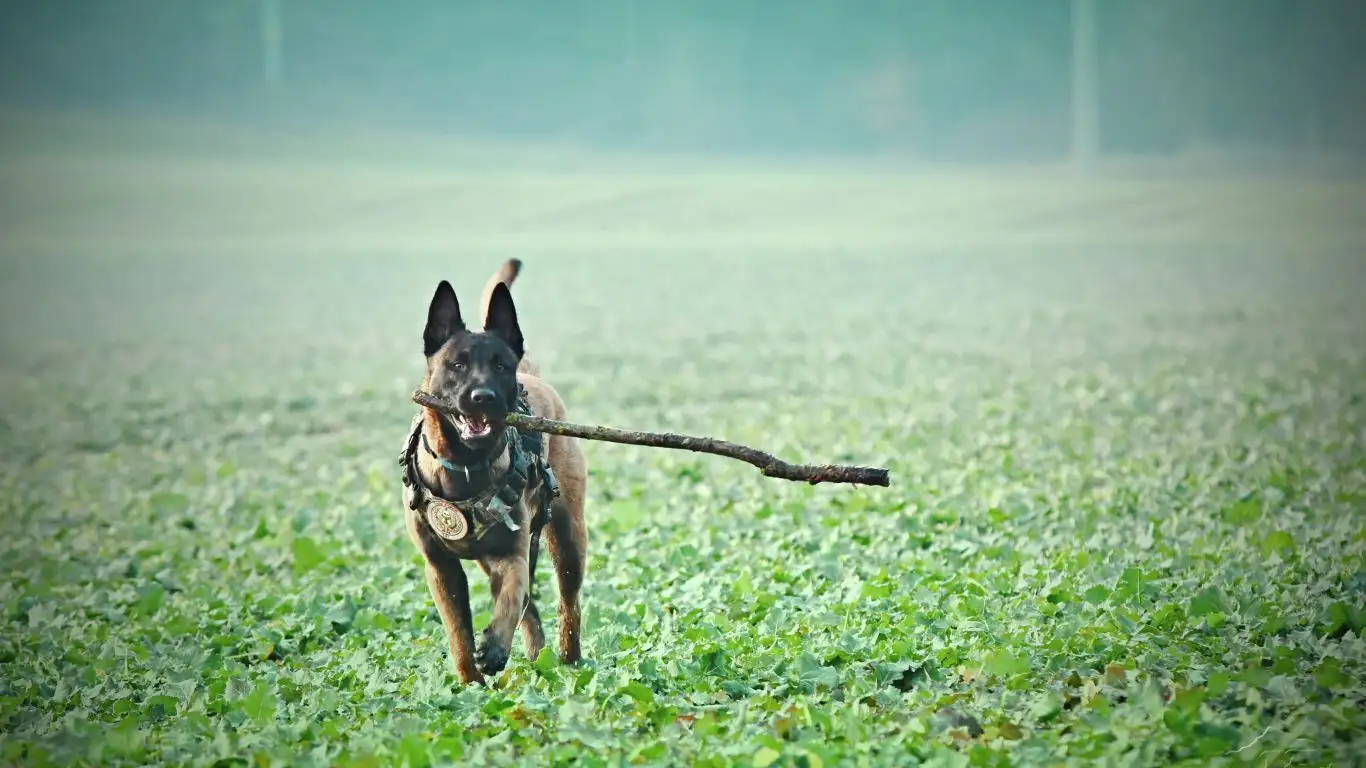
Just like boredom can mess with our mood and stress levels, it hits dogs too — and it often shows up in destructive ways. Chewed-up shoes? Barking marathons? Your dog might be begging for more mental engagement, not just exercise.
Enrichment Toys and Brain Games
One of the most underrated dog health tips I give out is this: give your dog a job. Whether it’s a puzzle feeder, a snuffle mat, or even learning a new trick, these kinds of activities keep your dog’s brain sharp and reduce anxiety.
- Rotate toys weekly so they don’t get bored.
- Try scent games or hide treats around the house — it taps into their natural instincts.
- Basic obedience training sessions (even for older dogs!) are great for bonding and brain work.
I still laugh remembering the time I “lost” a sock only to find out my shepherd mix had carefully placed it in his treat-hiding stash. That’s when I knew he needed more mental workouts than physical ones.
Socialization and New Experiences
Dogs need social interaction, not just with people but with other dogs too. Socialization is a huge part of their emotional and mental wellbeing. Take your pup to the dog park, join a local dog-walking group, or even sign up for a doggy yoga class if you’re feeling adventurous.
New smells, sounds, and environments help prevent behavioral issues. It’s a little like how I always tell my patients to get out of the house and experience new things — it keeps the mind fresh.
Weight Management: Keeping the Fluff in Check
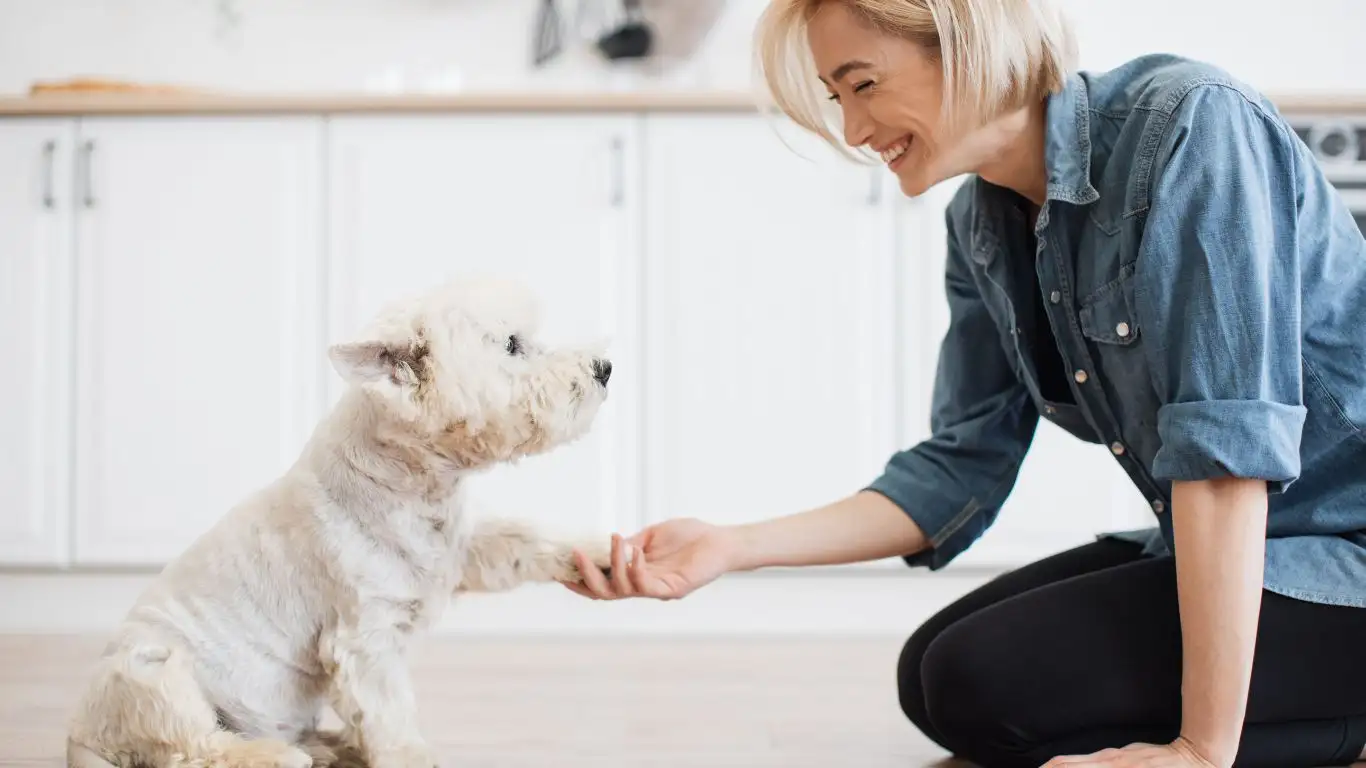
Here’s something a lot of dog owners don’t want to hear — a chonky pup isn’t always a healthy one. Obesity is one of the top preventable issues I see in dogs, and it comes with a laundry list of risks: joint problems, diabetes, heart disease… sound familiar? It mirrors the stuff I deal with in my human patients.
Mind the Calories (and the Treats!)
Treats are love, I get it — but they add up fast. And if you’ve got multiple people in the house sneaking snacks to the dog? Yeah, we’ve all been there. Here’s how I manage it:
- Use small, healthy treats — even kibble can double as a reward.
- Account for treat calories in their daily food total.
- Try using part of their dinner ration during training sessions instead of extra snacks.
Also, slow feeder bowls or treat-dispensing toys help prevent gulping and make meals more engaging — perfect combo of portion control and brain work.
Monitor Their Body Condition
You shouldn’t need a scale to know if your dog’s packing on extra pounds. You should be able to feel (not see!) their ribs and spot a visible waist when viewed from above. If not? Time for a chat with your vet about portion sizes or switching to a weight-management formula.
My old Labrador, Max, went on a vet-recommended diet after he started waddling more than walking. It took a few months (and a lot of side-eye from him at meal times), but the energy boost and mobility improvement were so worth it.
Dental Health: The Silent Health Factor

Okay, let’s be honest. How often are you brushing your dog’s teeth? If your answer is “Uhhh… never?” — don’t worry, you’re not alone. I used to think dental care for dogs was optional, but oh man, was I wrong. Once I started seeing the connection between dental disease and organ issues — especially heart and kidney problems — I was all in.
Brushing Isn’t Optional (Even If They Hate It)
I get it — brushing your dog’s teeth sounds like a hassle. But doing it just 2-3 times a week can make a massive difference. I use a finger toothbrush and dog-safe toothpaste that tastes like chicken. Trust me, it goes over a lot better than mint.
- Start slow: Let them lick the toothpaste first.
- Use positive reinforcement: Treats or belly rubs after brushing go a long way.
- Be patient: The first few tries are messy, but it gets better.
Dental Chews and Regular Vet Checks
Besides brushing, dental chews, water additives, and toys designed for teeth cleaning can help. But they’re not a replacement — more like a bonus. And once a year, have your vet do a full dental check-up. Some dogs may even need professional cleanings under anesthesia, especially if there’s tartar buildup or gum disease.
Resources like PetMD offer great guides if you’re just starting your dog’s dental care journey. And trust me, staying on top of this saves a lot of money (and pain) down the road.
Parasite Prevention: Fleas, Ticks & Worms — Oh My!
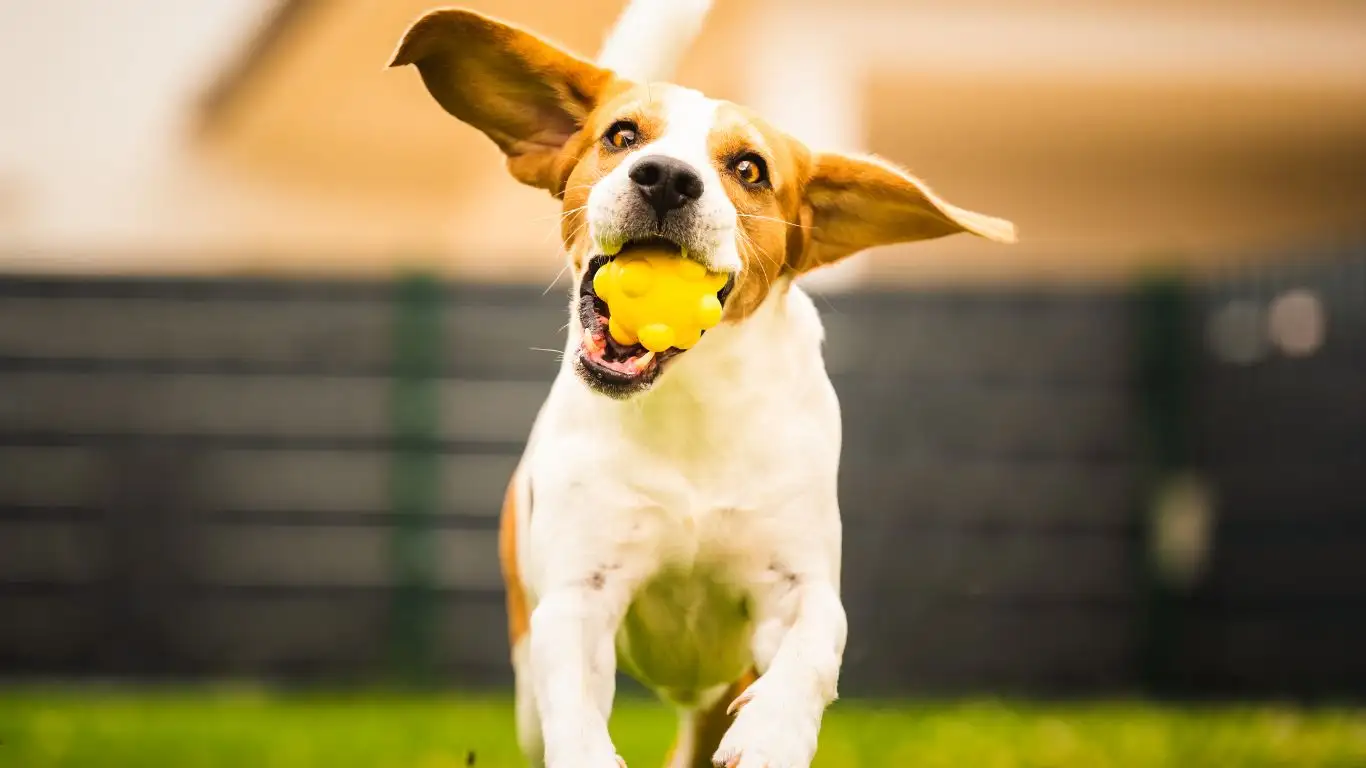
Here’s a gross but true story: I once had a patient’s dog come in with what they thought was a rash… turned out to be a full-blown tick infestation. Not only is that uncomfortable for your pup, but parasites can spread serious diseases. It’s one of those things where prevention really is better (and way cheaper) than treatment.
Monthly Preventatives = Peace of Mind
Whether it’s chewables, spot-ons, or collars, make sure your dog is protected year-round — yes, even in colder climates. I’ve seen dogs in snowy states pick up fleas from other pets at indoor dog parks. Don’t let your guard down just because it’s winter.
- Fleas: Cause itching, allergies, and can carry tapeworms.
- Ticks: Transmit Lyme disease, ehrlichiosis, and more.
- Heartworms: Spread by mosquitoes and often deadly if untreated.
If you’re unsure what’s best for your dog’s breed or location, ask your vet or check resources like AKC for updated recommendations by region.
Routine Checks and Grooming
I make it a habit to do quick post-walk tick checks, especially during spring and summer. Focus on warm, hidden spots like under the collar, armpits, groin, and ears. Early removal can prevent disease transmission.
Hydration and Weather Awareness
One of the easiest dog health tips to overlook is simply — water. And it’s not just about keeping the bowl full. Dogs can dehydrate quickly, especially during walks or playtime in warm weather. And just like with humans, dehydration affects energy, organ function, and overall mood.
Signs of Dehydration in Dogs
- Dry nose or gums
- Lethargy or weakness
- Sunken eyes
- Loss of skin elasticity (do the pinch test at the neck!)
On hot days, I carry a collapsible water bowl and a bottle just for the dogs. I’ve even tossed in some dog-safe electrolyte enhancers after a long trail run with my Aussie. Every pup’s needs are different, so adjust based on their activity level and size.
Final Thoughts: Creating a Lifelong Wellness Routine
When you step back and look at it, dog health isn’t about doing one or two things perfectly — it’s about building sustainable, everyday habits. That’s what makes the difference over time. You don’t have to be a vet or even have a medical background (though it helps!) — just paying attention, staying consistent, and asking questions when something seems off goes a long way.
And hey, I know this might feel overwhelming if you’re just starting out. But trust me, once these things become part of your daily rhythm, they stop feeling like chores and start feeling like care. Because that’s what they are.
Dog parenting is a journey. The more we learn, the better we do — and the healthier and happier our pups stay along the way.
References
Disclaimer
This article is for informational purposes only and is not a substitute for professional veterinary advice, diagnosis, or treatment. Always consult your veterinarian or qualified pet care provider with any questions you may have regarding your pet’s medical condition.



